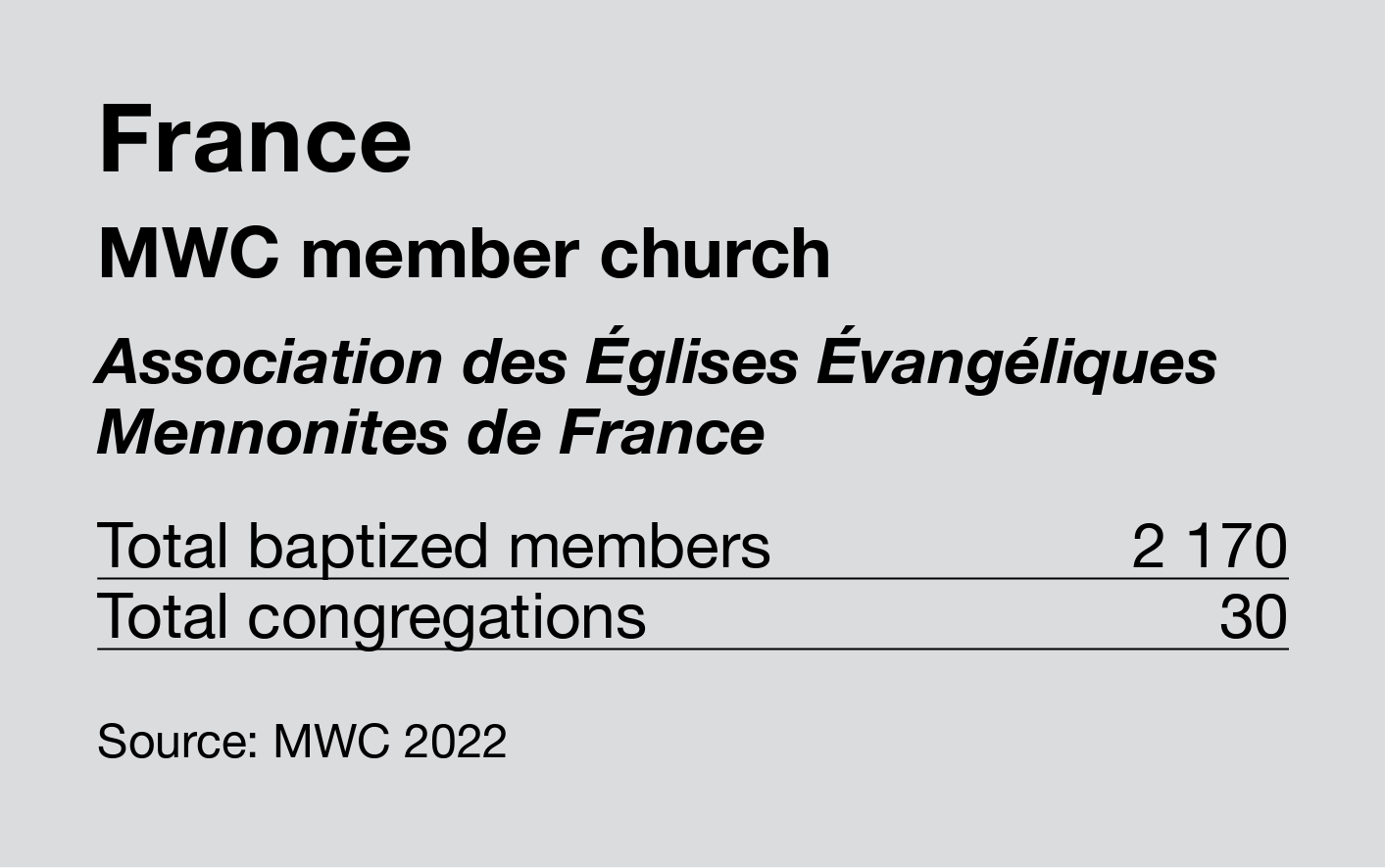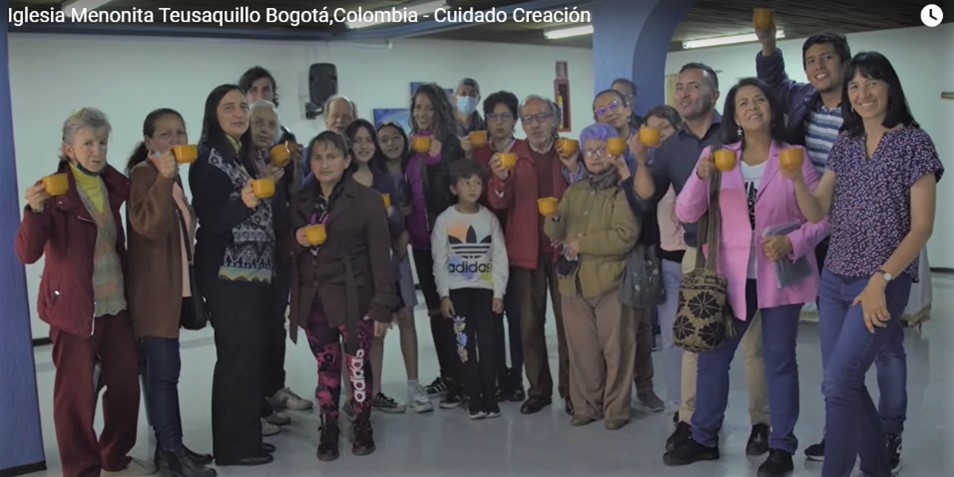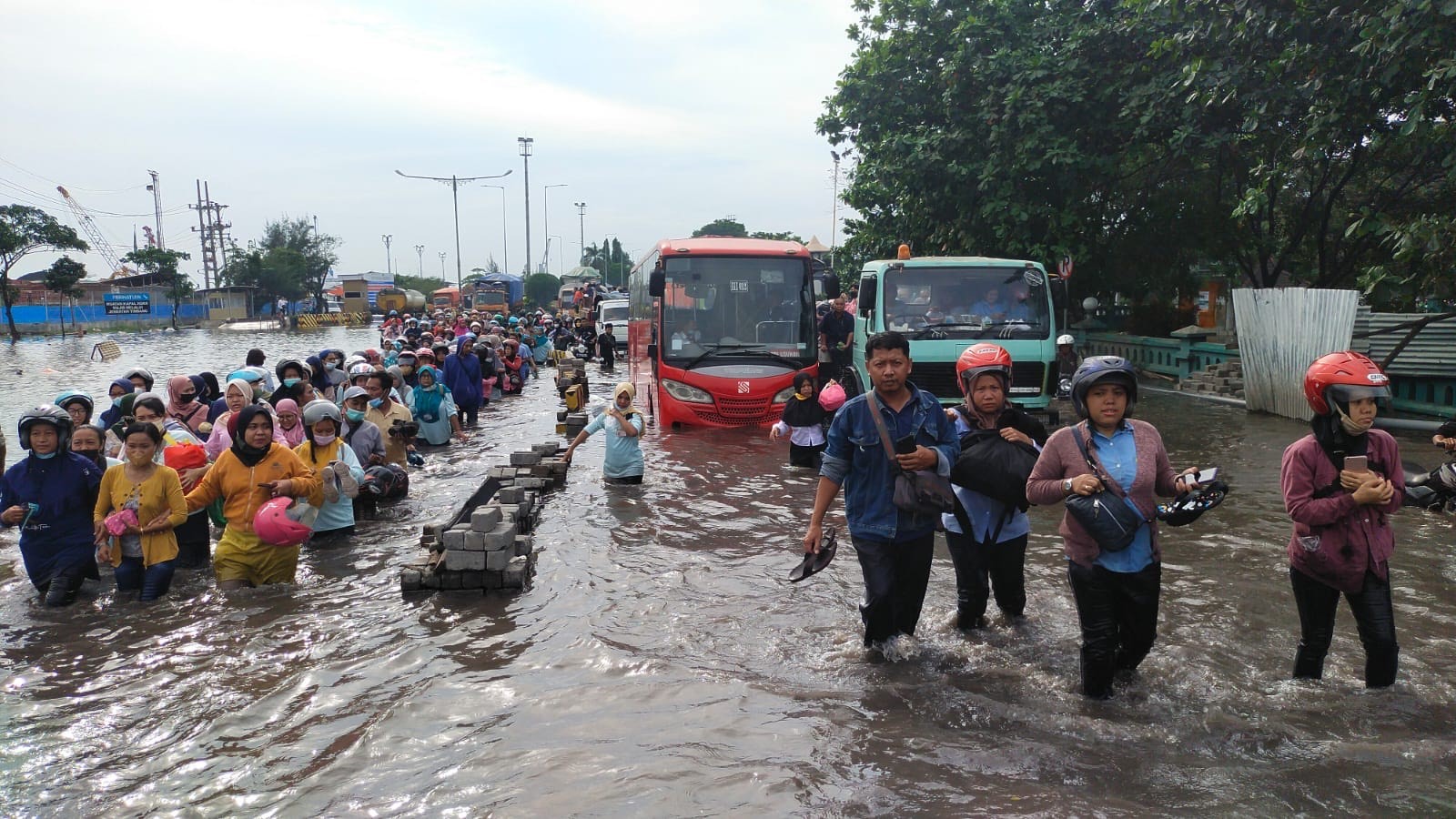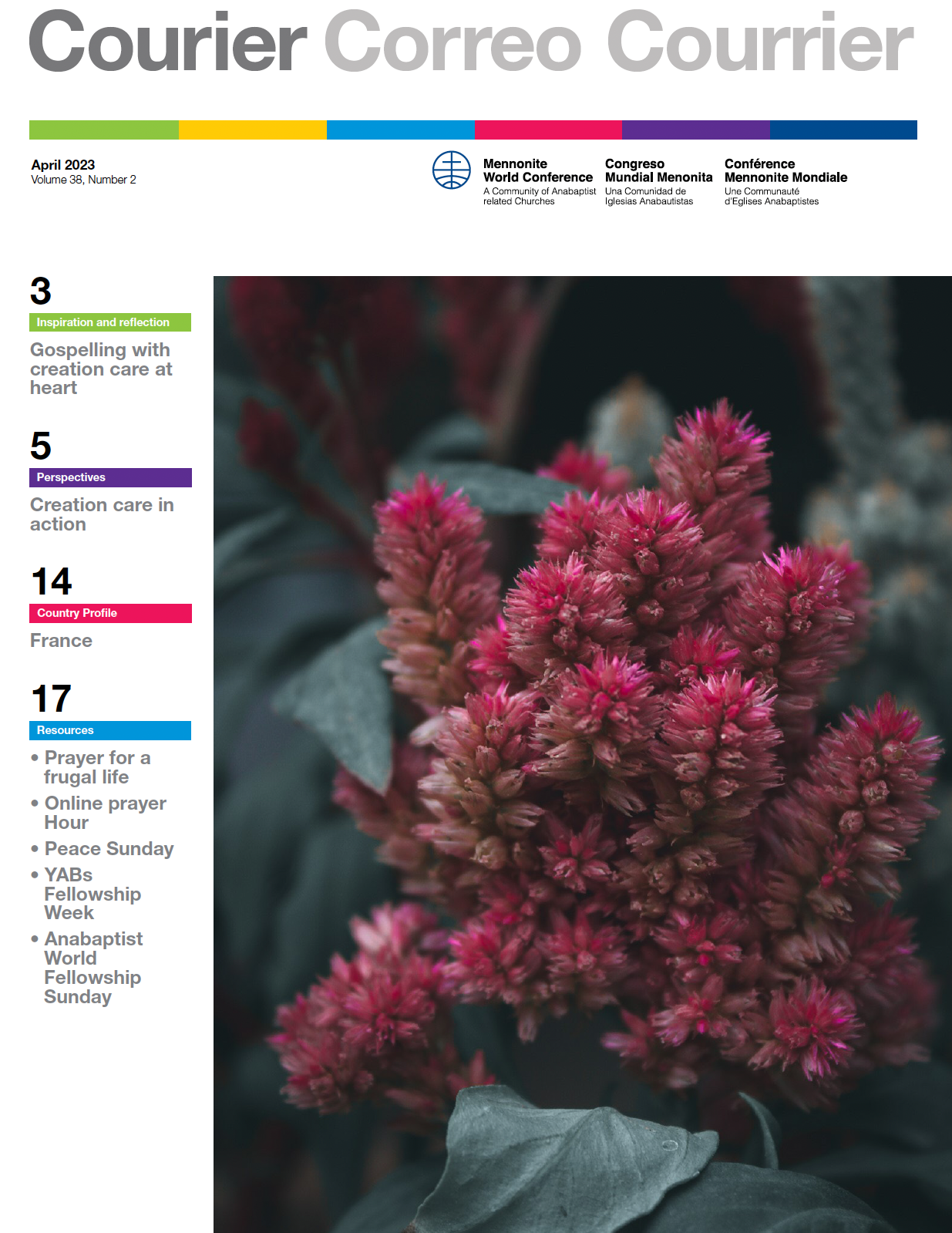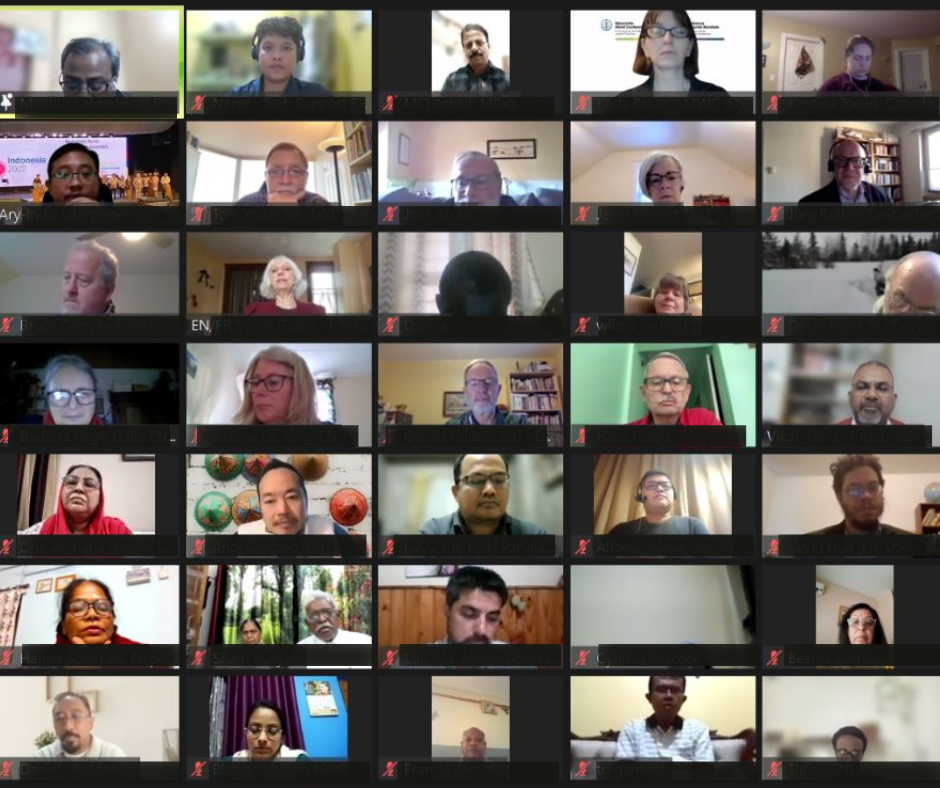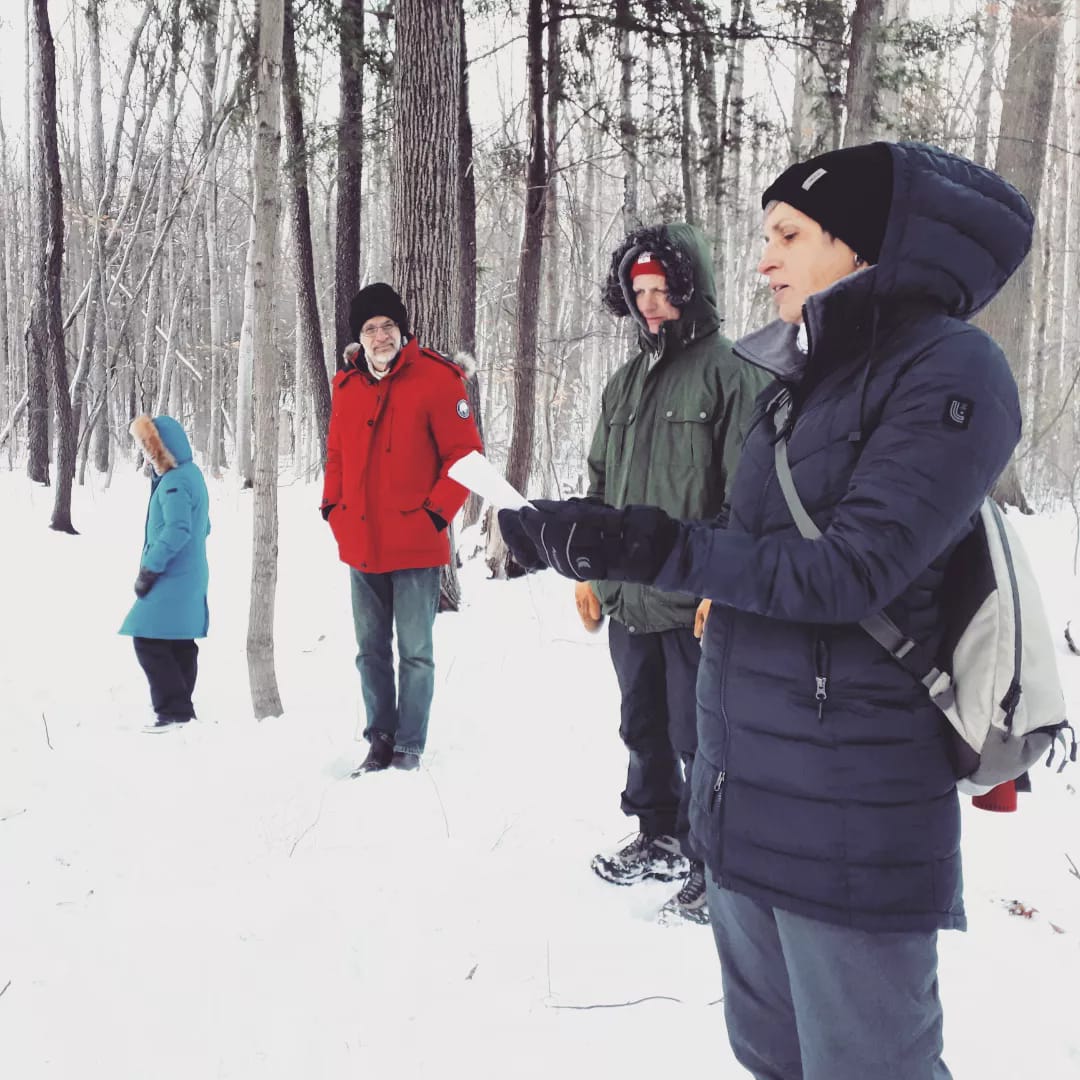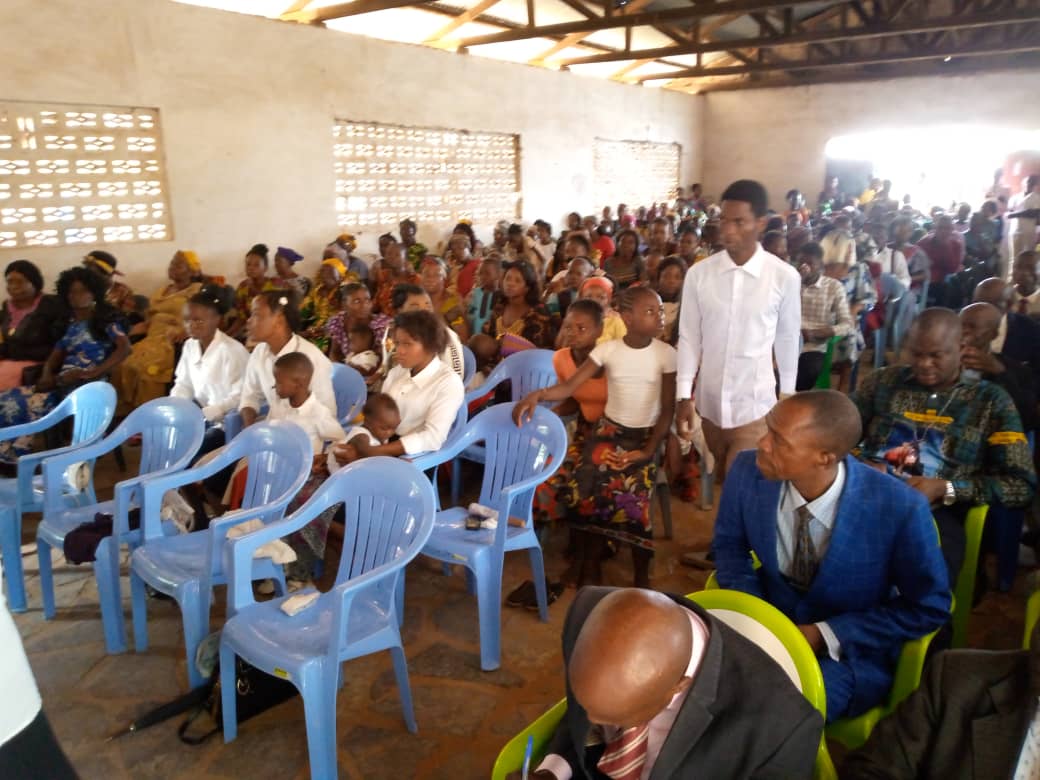-
Lessons enter through different doors
After last summer, you can’t deny it. It’s here. It was the driest year in France and it’s been like that for several years. So you can see people are becoming more aware of climate change. Now it is beginning to affect them. And yet there is still so much more to talk about.
-
Mennonite faith through history
The history of Mennonites in France goes back to the beginnings of Anabaptist history. There were Anabaptists in Strasbourg by around 1526. They were quickly forced to operate clandestinely, but an Anabaptist presence would continue in Alsace throughout the 16th century.
-
Equipping our church to care for creation
Colombia Now Israel, what does the Lord your God desire from you? … love him, serve him with all your heart and in all your life, and observe his commands… You see, What does it mean to worship God and to walk in his ways while keeping in mind that “the heavens and the earth…
-
Love in a time of climate change
Indonesia I cannot forget the high tide flooding of 23-25 May 2022. As pastor of GKMI Sidodadi in Semarang in Central Java province, Indonesia, I still recount the anxieties and panic of the community. Our church building is just 10 minutes’ walk from Tanjung Mas Seaport from where the flood came. Seawater ran down…
-
Is this climate change?
Canada Early in January I took my kids to our local indoor ice rink to skate. The place was packed, and people were frustrated. All-tosoon we were shooed off the ice to make way for an afternoon hockey game. The one-hour public skate was clearly not enough to meet the community’s need. It wasn’t until…
-
Recommended resources on creation care
One encouraging piece of news about creation care is that there are an increasing number of good organizations and websites with excellent resources. The Creation Care Task Force of MWC recommends the following as particularly good sites to start exploring resources: The Mennonite Creation Care Network and the Anabaptist Climate Collaborative are based in North…
-
Gospelling with creation care at heart
Climate anxiety may be a new term coined in the Global North, but it is not a new experience for communities that depend on rain-fed subsistence farming. I first joined the adults in my family in worrying about the weather when I was 8 years old.
-
Living More with Less
Given the reality of climate change and the crises caused by it in recent years, such a statement surprised me. Climate issues have become another issue of political polarization in our societies. Amid fear and guilt, arguing about facts and fake news, is it possible to find hope and healing for a divided world? Can…
-
Courier 2023 / 38.2
Inspiration and reflection Perspectives Country profile Resources General Secretary Word from the editor In crisis, a community of hope More with Less is the title of a Mennonite-famous cookbook. Home economist and former MCC service worker Doris Longacre Janzen crafted this countercultural cookbook in the 1970s. It exemplifies Mennonite ideals of simplicity and takes inspiration from…
-
A lunch break in the presence of God
The “pause for prayer” at the Mennonite church of ChâtenayMalabry (Paris, France) was created in March 2021as part of the journey towards Easter in the midst of the COVID-19 pandemic. Initiated by our former pastor, Silvie Hege, it took the form of a weekly one-hour meeting by Zoom during the lunch break, from 12:30 to…
-
Reading lessons in creation
Then we read Scripture out under the open sky, it comes alive in new ways.
-
Always trust in God
May glory be given to the name of our Lord and Savior Jesus Christ for his good deeds. By the grace of God, in Congo the pandemic was not as cruel as it was under other skies. Aside from the hygiene lessons given regularly and generally by the political/ administrative and health authorities to the…

